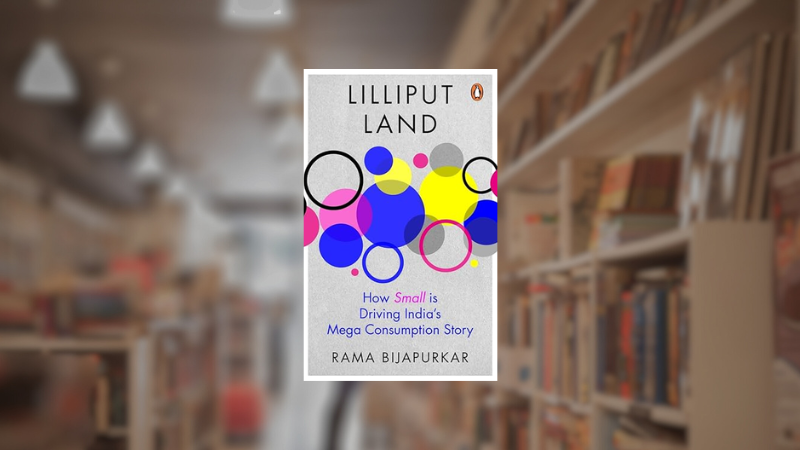
Book Note #6
Equity Intelligence 8th March 2024
India is now the fifth largest economy in the World and on track to be the third largest economy by 2030. Yet today, it ranks way below 100 in the World in terms of per capita GDP. As a corollary, India’s mega consumption story, one of the largest and most exciting in the World has what author calls Lilliput like characteristics.
It is the story of lots and lots of small consumers earning and spending just a little bit individually that adds up to an enormous amount. They are served by millions of suppliers, oozing with innovation, agility and customer intimacy that is the envy of large companies. The whole ecosystem is powered by an unparalleled digital infrastructure that seamlessly supports billions of small transactions every day.
All this results in very challenging business economics made tougher by India’s heterogeneity and geographical scatter, further compounded by the fact that ‘modest income’ and ‘small’ consumers do not mean un-evolved or willing to settle for the suboptimal. Over the years, large companies have felt the pain of serving this Lilliput Consumer India – high on expectation, low on income, with mostly small ticket sizes.
She strongly suggests “Consumer India” has its own logic, listen to logic of Consumer India from within. It is amply clear now that the Indian market will never become like “someplace else, somewhere else”. It needs to be understood on its own terms and not in comparison to any other place.
She makes a strong case to have a more nuanced understanding of consumer India and not to go by the normal macro picture painted in general by most in media and various open forums.
She puts forward a robust three-part framework for understanding India’s present and future consumption story.
It is built around the structure of the consumer base, the behavior of consumers and the structure of supply and the conduct of suppliers in their approach to serving consumer India.
The structure story of consumer India is all about having solid socio-economic-geographic-demographic view of consumer India in granular detail. How rich Indians are, how is income distributed, how is income earned, where do consumers live, who has access to infrastructure and who doesn’t, education levels, etc.
The consumer behavior story is about mindset, perceptions and value logic that Indians have and therefore how they behave and choose. Consumer India has a deep desire to consume everything. Combination of limited income and unlimited desire influences consumer behavior in ways that often stump marketers. Host of factors leads to counter-intuitive value processing logic of consumers that keep businesses stump. For example, an affiliative and people connected society like India’s, most will willingly trade-off data privacy for efficiency, given how challenging the logistics of living are. Its love for digital and its amazingly high digital quotient, despite poor education and low income, are lessons reiterated: poor doesn’t mean backward.
Supply as shaper of the future of consumption India is a factor she covers in detail, and we rarely see this being discussed in normal discussion around consumer markets. She points that customer and consumer are way ahead of the supplier in their willingness to consume and in the multitude of unfulfilled needs that they have. She covers several consumption boosting supply story and anecdotes to drive her point.
Taken together, these three areas of consumer structure, behavior and supply also provide a sound explanation for confusing demand patterns. Often sales data throw up consumer behavior that suggest a capricious, whimsical consumer India. Sometimes “upgrading” and sometimes “downtrading” occur and many theories around it if not nuanced based on details are often misleading.
Consumption being more than 50% of India’s GDP; is an important segment of economic activity to comprehend for any serious Investor in India. This book is a great help to do so. We recommend the book.


